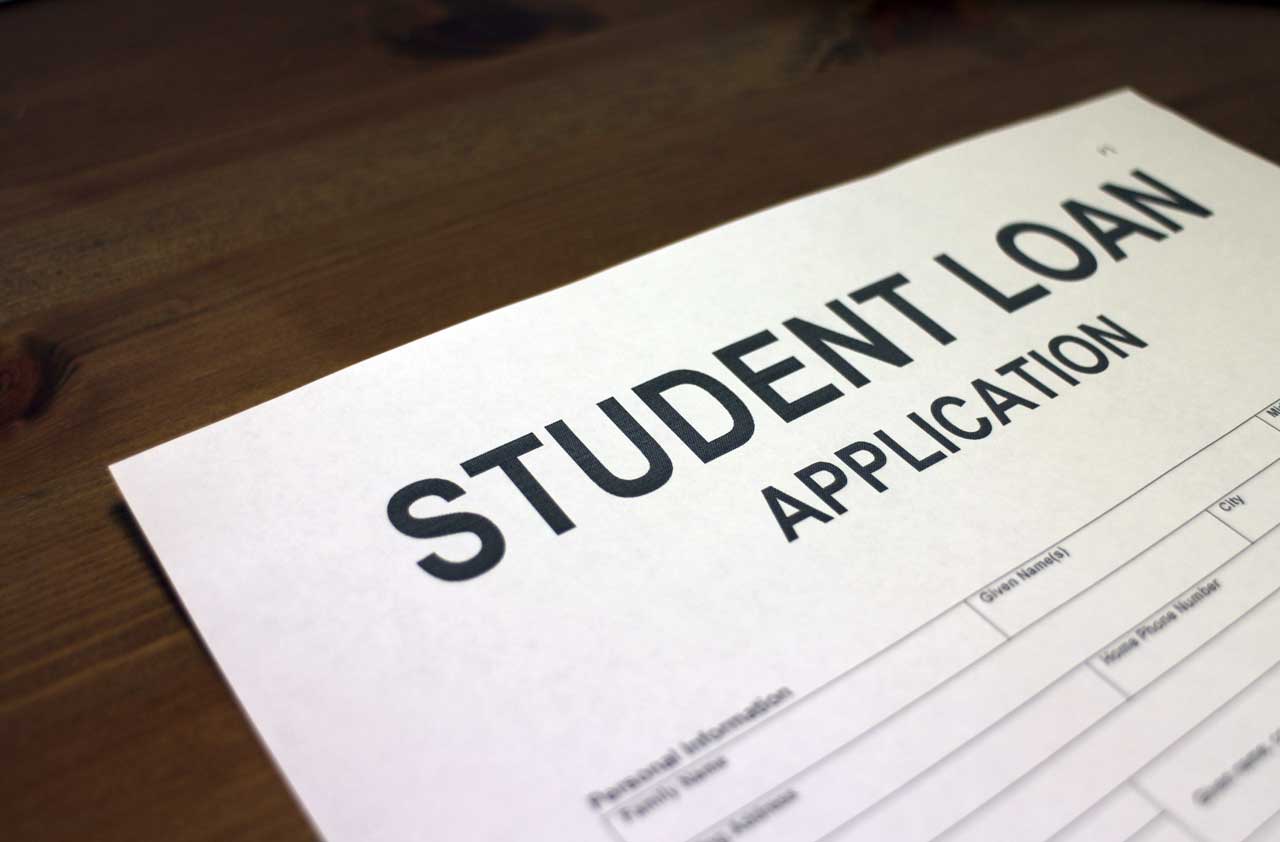Asking for help isn’t easy; many students don’t want to ask questions because of their pride, determination, and drive to understand the material. Especially in defiant students. However, when a student doesn’t understand a concept, it is always best to slow down and ask questions to clarify information. Here are some methods to encourage students to ask questions in the classroom.
Write the Question
Writing questions down is good practice when students are perhaps too nervous or shy to ask a question in the classroom setting. This strategy is beneficial to students because they have an opportunity to record their questions alongside notes they are taking. When students return to their notes, they have marked places where they struggled and can return to answer these questions with assistance.
A good method to practice writing questions down is to create a space for questions on the page where the student is taking notes. Using the margins of the paper is the perfect location for a student to record questions in their notes so they can revisit their issues with material later in the day. Additionally, students should revisit their notes with the assistance of a tutor, parent or teacher so that their questions can be answered correctly.
Simplifythe Question
Sometimes, students are apprehensive to ask questions because they are unsure of how to phrase theirmisunderstanding to their instructor. A student can get caughtin the cycle of wanting to ask a question, but not knowing how to present it. By the time they know what to ask, the moment has passed and the student is behind on other material that the teacher is sharing.
Related Post : anonymous
One strategy to counter this problem is to simplify the question. Encourage the student to raise their hand the moment a question appears in the student’s head. Asking quick questions reduces the amount of time students are without crucial information. This strategy can help students who need a little extra encouragement to ask questions in class.
Meet 1-on-1 to ask Questions
A strategy that can help students ask questions in a more comfortable environment is to have them meet with instructors individually to work through problems. When meeting with a teacher, students have time to learn information in an individualized setting not available in normal classroom settings. Working individually with instructors can help students become more comfortable with asking questions to their instructors, and help decrease the potential pressures found in a classroom situation.
After attempting the material on their own, a student could say, “Hey Ms. Smith, is there a way to meet outside of class? I have some questions on the material that I need help with,” or, “Can I meet with you after school today? I need some extra time to understand the lesson.” Employing these strategies to schedule a 1-on-1 meeting can help a student become acclimated to discussing their problems, challenges, and struggles with teachers who know how to help struggling students.
Ask Questions to a Classmate
If a student does not want to approach a teacher with their questions, it can be helpful to ask a classmate before asking their instructor. Asking questions to a classmate fosters teamwork, builds interpersonal communication skills, and grows camaraderie between peers. Students can often present information in an easy-to-understand, accessible format that speaks more to the student with the question than the instructor who is presenting the information.
Students can ask these questions is by whispering to a neighbor and saying, “Did you understand that? I’m not sure what they’re talking about,” or potentially, “What do they mean? How does this work?” Asking simple questions to classmates will often get a response from their neighbor, which in turn will help them answer questions they have without halting class to ask questions.
Ask for a New Example
Sometimes all a student need to understand the concept is a new context. The way the teacher presents the information might not be easily accessible for every student. In this case, it is helpful for the whole class what a student asks for a new example or a relevant comparison. It also helps students frame the information differently, which helps combat the framing bias, a bias commonly found in children in teens that prevents them from considering all options in a given situation.
Conclusion
Hopefully these strategies help students open up to receiving assistance in the classroom. Using these strategies can help your student flourish as a learner and as a student of life!
Author Bio:
Andy Earle is a researcher who studies parent-teen communication and adolescent risk behaviors. He is the co-founder of talkingtoteens.com, ghostwriter at WriteItGreat.com, and host of the Talking to Teens podcast, a free weekly talk show for parents of teenagers.






























































